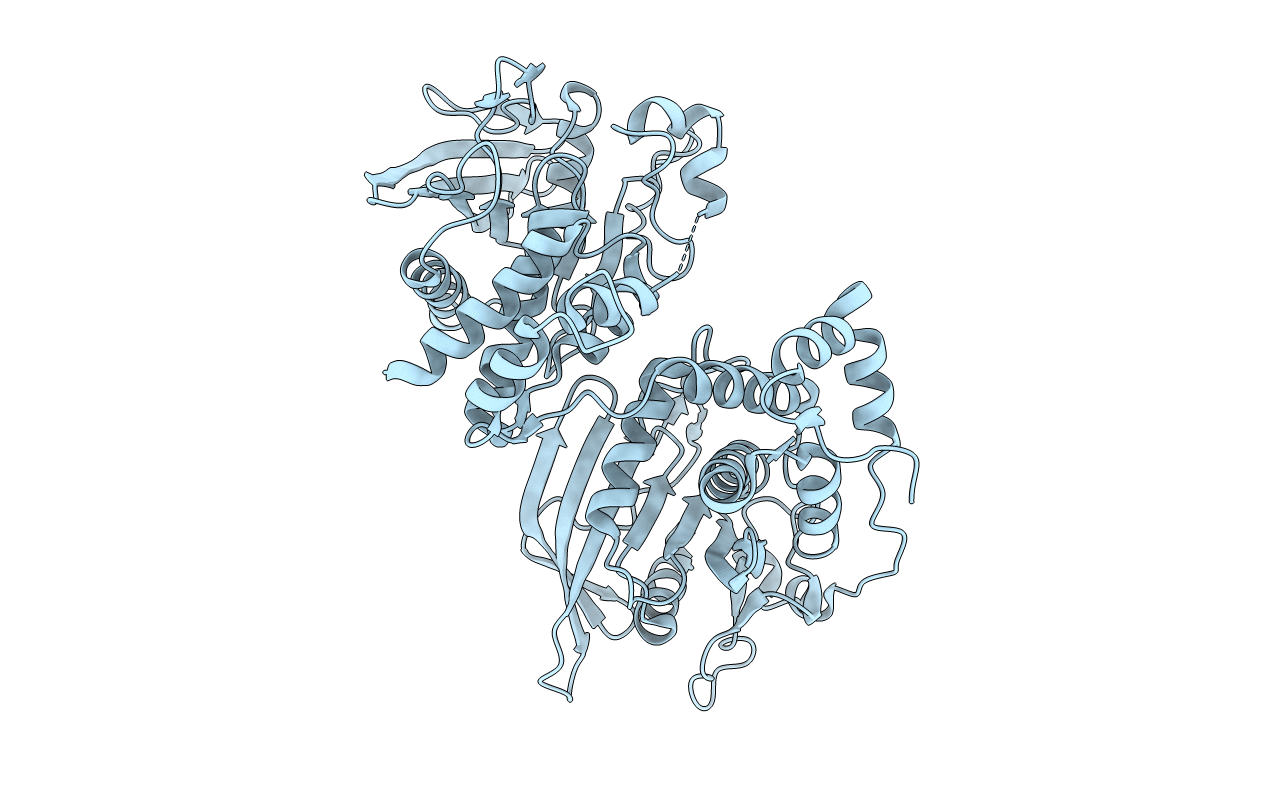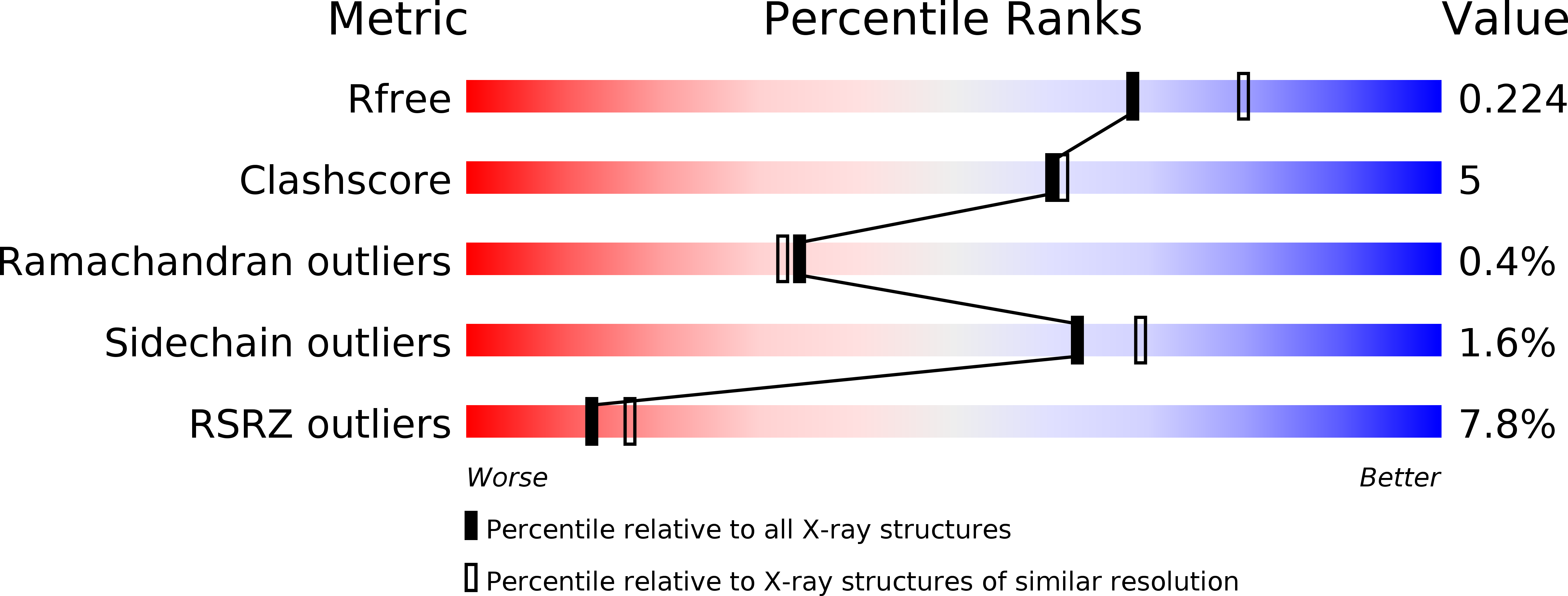
Deposition Date
2013-05-24
Release Date
2013-07-17
Last Version Date
2024-10-16
Entry Detail
PDB ID:
4BPC
Keywords:
Title:
Structure of the Catalytic Domain of Protein Tyrosine Phosphatase Sigma in the Sulfenic Acid Form
Biological Source:
Source Organism:
HOMO SAPIENS (Taxon ID: 9606)
Host Organism:
Method Details:
Experimental Method:
Resolution:
2.10 Å
R-Value Free:
0.22
R-Value Work:
0.17
R-Value Observed:
0.18
Space Group:
P 61


